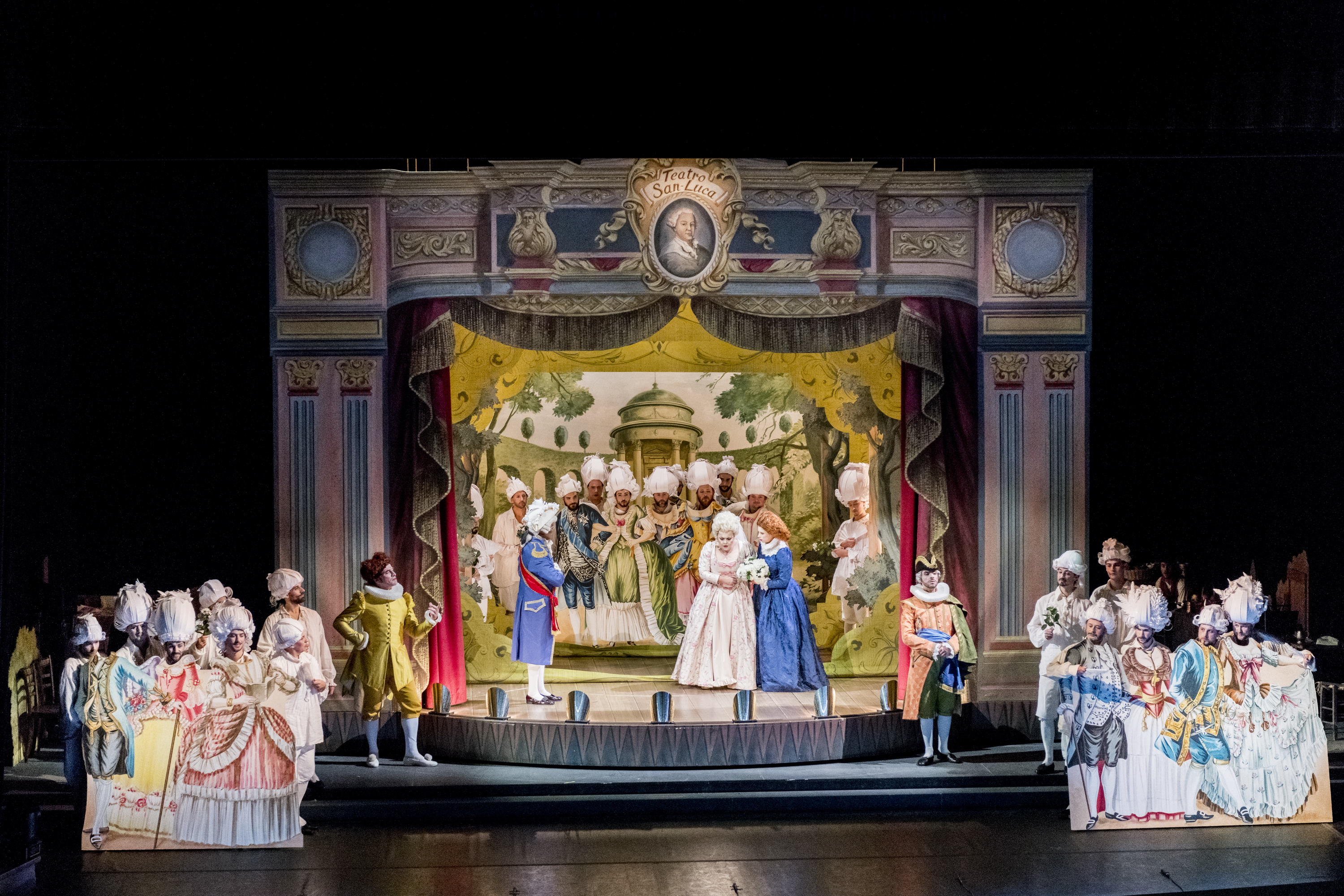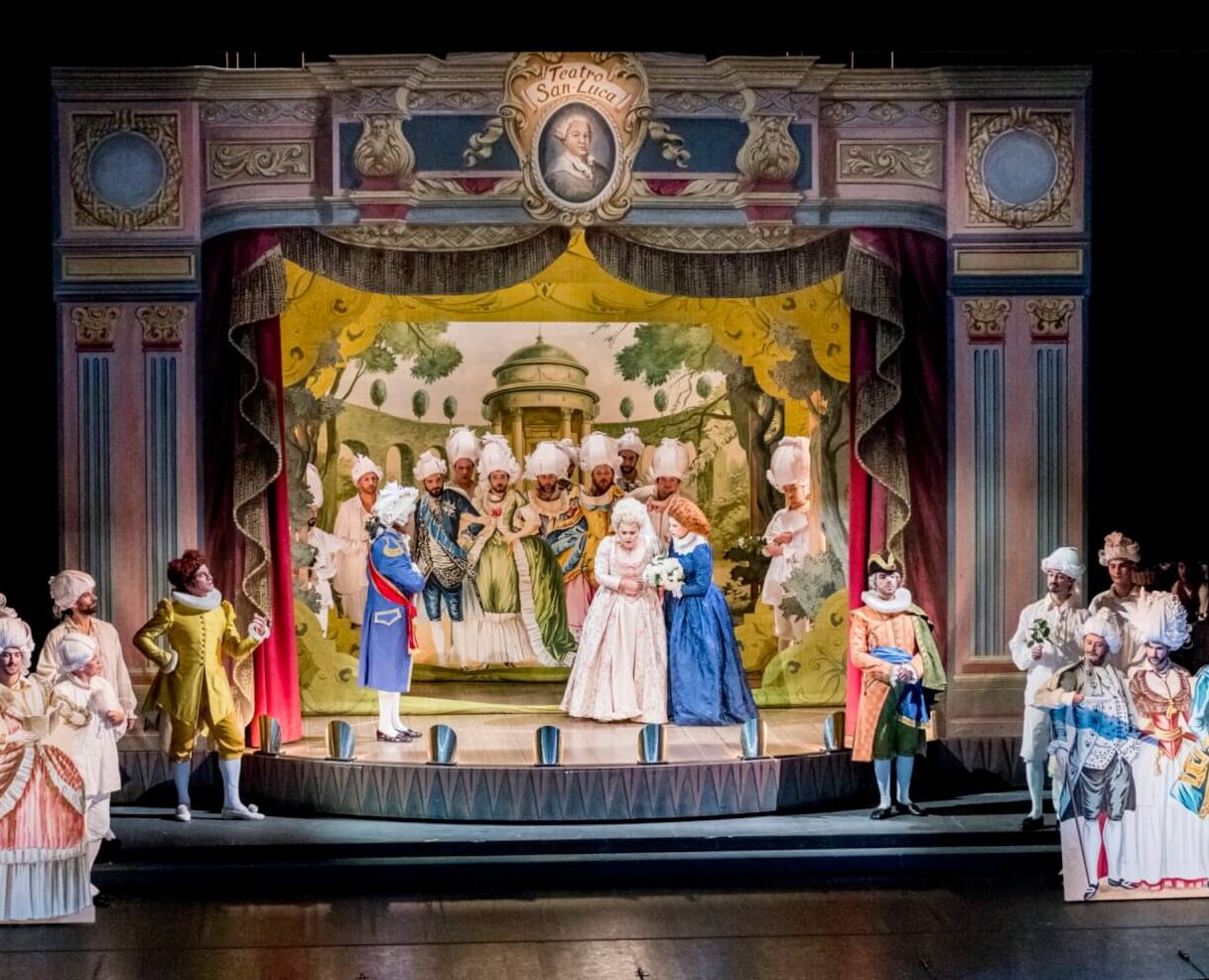

Enrico di Borgogna, the first true opera in Donizetti’s vast catalogue – if we exclude the one-act opera Il Pygmalione, was performed for the first time at Teatro Vendramin di San Luca in Venice, on 14 November 1818, thanks to Bartolomeo Merelli from Bergamo. Merelli – the future superintendent of La Scala who was to support Verdi in his debut – also studied with Donizetti in Bergamo during the period when he was a pupil of Simone Mayr as well. Two months earlier he had procured a commission from Donizetti to compose the work that would celebrate the imminent reopening of Teatro di San Luca after radical restoration work. Barely twenty years old, Donizetti put to music the bombastic libretto written by Merelli himself. The composer was understandably influenced by Rossini, as can be seen by the fluid melodic writing, enriched with virtuosity and colouring, although in certain arias – as was to be expected – the influence of his maestro Simone Mayr also makes itself felt. At the same time, the first hints of the Donizetti to come are positively striking, visible in certain ensemble scenes – in particular, in the first finale – or in certain melodies such as in Enrico’s cavatina ‘Care aurette’, where some bars are basically identical to the ones at the beginning of his future splendid aria of Anna Bolena ‘Al dolce guidami’. In this little-known opera, genius and adaptation to the typical melodramatic formulas of the early nineteenth century stand side by side, all waiting to be discovered.
LOCANDINA
Enrico Teresa Iervolino
Pietro Christian Collia
Elisa Giuseppina Bridelli
Guido Dave Monaco
Brunone Giuseppe Toia
Geltrude Chiara Notarnicola
Gilberto Omar Montanari
Conductor Corrado Rovaris
Director Silvia Paoli
set Andrea Belli
costum Valeria Donata Bettella
light designer Fiammetta Baldiserri
La Fenice Orchestra & Choir
Chorus Master Alfonso Caiani
La Fenice staging
in co-production with Festival Donizetti di Bergamo
with Italian surtitles


